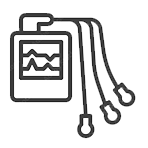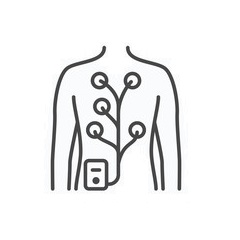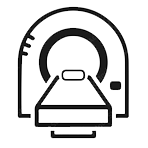Automated Ambulatory Blood Pressure Monitoring
Automated ambulatory blood pressure monitoring is a recent approach for determining a person’s blood pressure when office readings are unclear. In addition to measuring large variations in blood pressure, ABPM is used to evaluate the efficacy of anti-hypertensive therapy regimens.
Q & A
Automated ambulatory blood pressure monitoring is a recent approach for determining a person’s blood pressure when office readings are unclear. In addition to measuring large variations in blood pressure, ABPM is used to evaluate the efficacy of anti-hypertensive therapy regimens.
ABPM can also be used to determine if a patient has “white coat hypertension.” This term refers to a patient’s elevated blood pressure induced by anxiety in a clinical environment.
In certain instances, ABPM is the key to reliable blood pressure measures and diagnosis during rest. Unlike in-office monitoring, ABPM will offer the physician with a broad range of data to better evaluate your health and make precise diagnosis.
How is this set up
An ABPM device comprises of a blood pressure cuff that is connected to the patient’s arm and a recording device, about the size of a CD player, that is worn on the patient’s belt. The recording device will then frequently (typically at 15-, 30-, or 60-minute intervals) capture data on the patient’s blood pressure for choice of 24 or 48 hours.
The device’s record of your blood pressure for one or two days will offer a range of variable values that the physician may use to establish the patient’s average 24-hour blood pressure values. This encompasses the patient’s waking and sleeping hours, as well as a variety of circumstances and activities. The average readings are then used to diagnose hypertension in a patient.










